Top 17 Abandoned Cities That Look Like Movie Sets
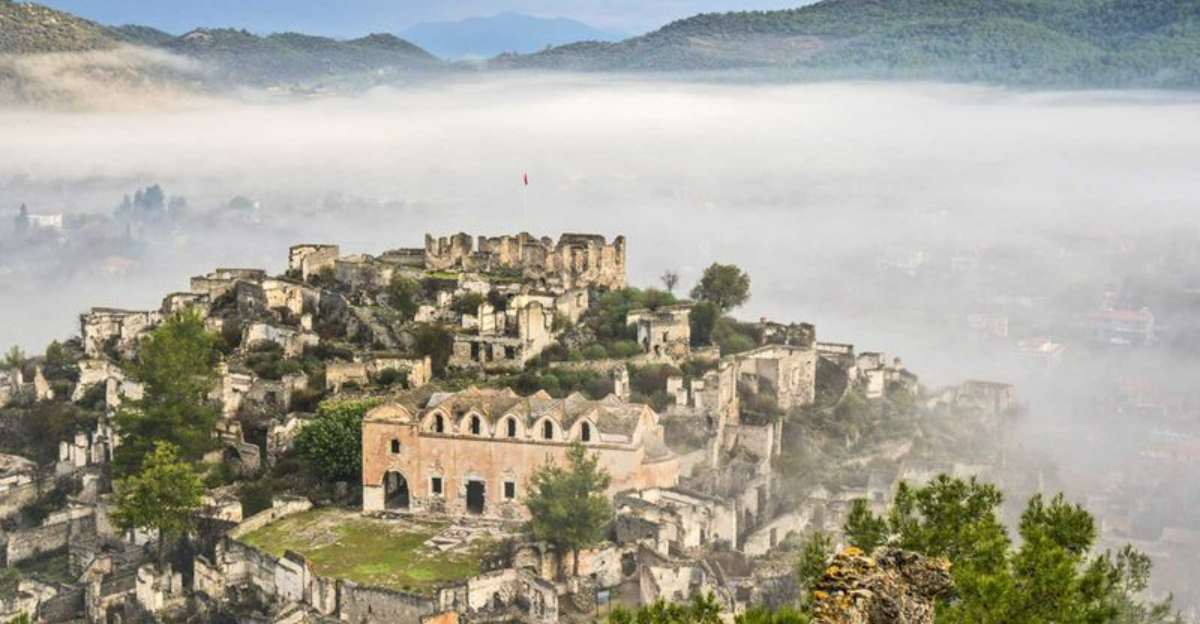
Have you ever wondered what happens when humans leave a place behind? Around the world, there are entire cities frozen in time, left to nature’s devices. These abandoned places offer a haunting glimpse into the past, with crumbling buildings and empty streets that seem straight out of an apocalyptic film.
Let’s explore these eerie ghost towns that could easily serve as backdrops for Hollywood productions.
1. Pripyat, Ukraine
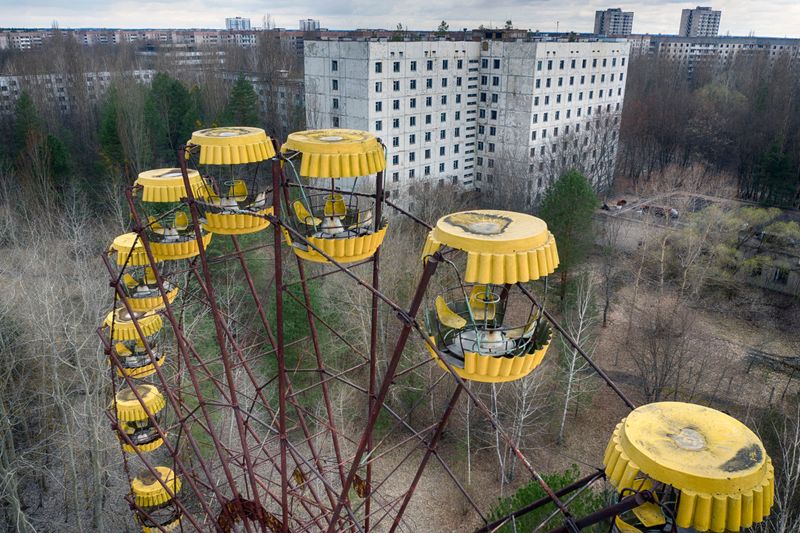
Walking through this radioactive ghost town feels like stepping onto the set of a disaster movie. Abandoned after the 1986 Chernobyl nuclear accident, Pripyat’s empty apartment buildings, schools, and an iconic amusement park stand as silent witnesses to the catastrophe.
The famous Ferris wheel, never officially opened, has become a haunting symbol of interrupted lives. Nature has reclaimed much of the city, with trees growing through buildings and wildlife roaming freely where 50,000 people once lived.
The radiation levels have decreased enough that guided tours now operate in the area, though overnight stays are prohibited. The city remains a time capsule of Soviet life, with propaganda posters still visible on some walls.
2. Kolmanskop, Namibia
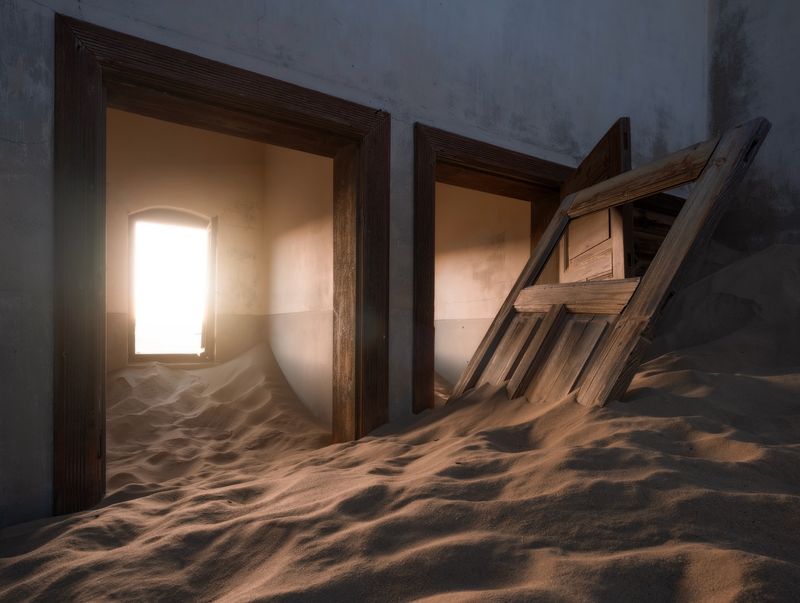
Sand dunes sweep through elegant German colonial homes in this desert ghost town. Once a thriving diamond mining community in the early 1900s, Kolmanskop was abandoned by the 1950s when larger diamonds were found elsewhere.
The Namib Desert has slowly reclaimed the town, creating surreal scenes as sand piles reach window height in many buildings. Imagine walking through rooms half-filled with sand, where the desert winds continue their relentless invasion through broken windows and doorways.
At its peak, this unlikely settlement boasted a hospital, ballroom, power station, and even an ice factory. The buildings’ German architecture looks strangely out of place in the African desert, creating a dreamlike quality that attracts photographers from around the world.
3. Craco, Italy
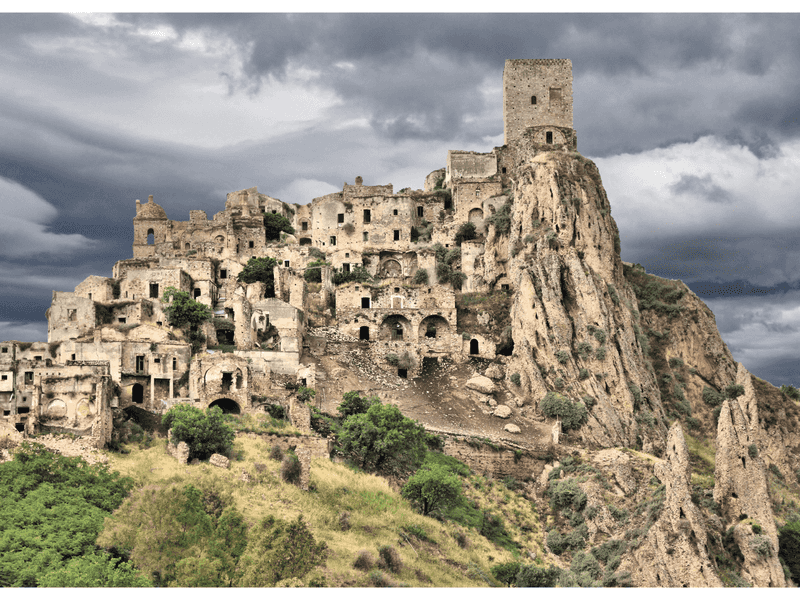
Perched dramatically on a rocky outcrop, this medieval Italian ghost town seems to grow organically from the hillside. Craco’s story ended after surviving for over a thousand years when landslides and earthquakes forced its final evacuation in 1980.
The ancient stone buildings cling precariously to the eroding hillside, creating a photographer’s dream landscape. Many filmmakers have used this backdrop, including scenes in James Bond’s “Quantum of Solace” and Mel Gibson’s “The Passion of the Christ.”
If you look closely at the remaining structures, you’ll spot the Norman tower dating back to 1040 and a university from 1276. Though dangerous to enter due to continued erosion, the town can be viewed from designated areas, its silhouette particularly magical at sunset.
4. Hashima Island, Japan
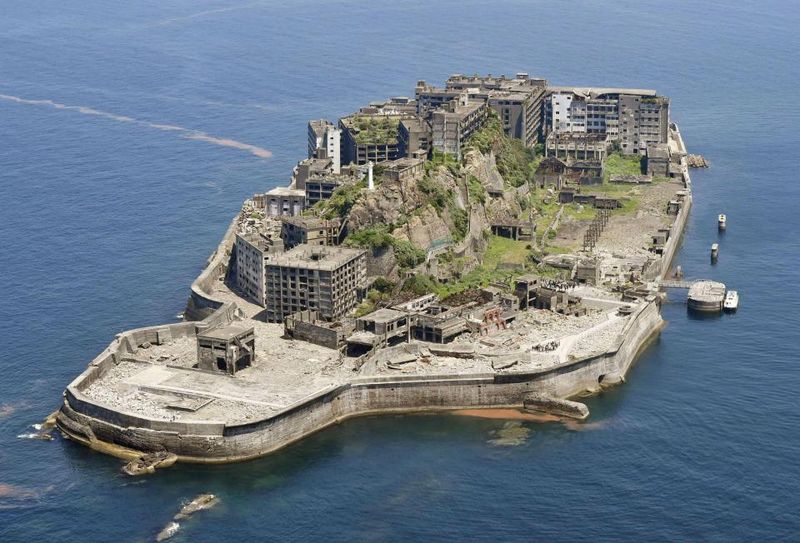
From a distance, this remarkable island resembles a battleship, earning it the nickname “Battleship Island” (Gunkanjima). Once one of the most densely populated places on Earth, this former coal mining facility now sits abandoned in the sea near Nagasaki.
The island’s eerie concrete apartment blocks and industrial facilities create a dystopian landscape that inspired the villain’s lair in the James Bond film “Skyfall.” Hashima operated from 1887 until 1974, when petroleum replaced coal as Japan’s primary fuel source.
During its peak, over 5,000 people were packed into this 16-acre artificial island. Workers lived in Japan’s first large concrete apartment buildings, complete with schools, restaurants, and entertainment facilities—all surrounded by a sea wall to protect from typhoons.
5. Bodie, California
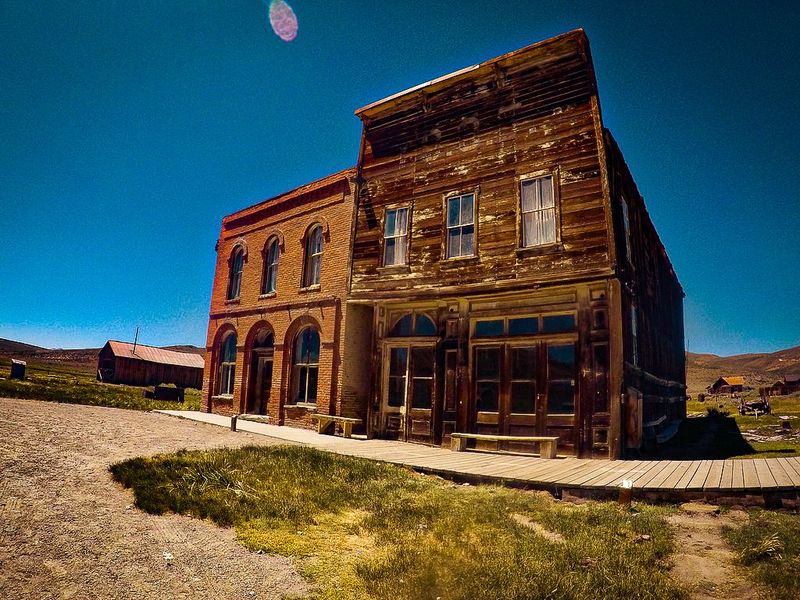
Gold fever turned this Wild West boomtown into a thriving city of 10,000 people during the 1870s. Today, Bodie stands as America’s best-preserved ghost town, with interiors frozen in time—dusty bottles still on bar shelves and goods still stocked in the general store.
Unlike many abandoned places, Bodie is maintained in a state of “arrested decay,” meaning buildings aren’t restored but are preserved exactly as they were found. The 200 remaining structures represent only about 5% of what existed during the town’s heyday when Bodie had 65 saloons along its main street.
Visitors often report strange occurrences, leading to stories of the “Bodie Curse”—misfortune befalling anyone who removes even a small item from the site. Park rangers receive numerous packages from remorseful visitors returning “cursed” souvenirs.
6. Varosha, Cyprus
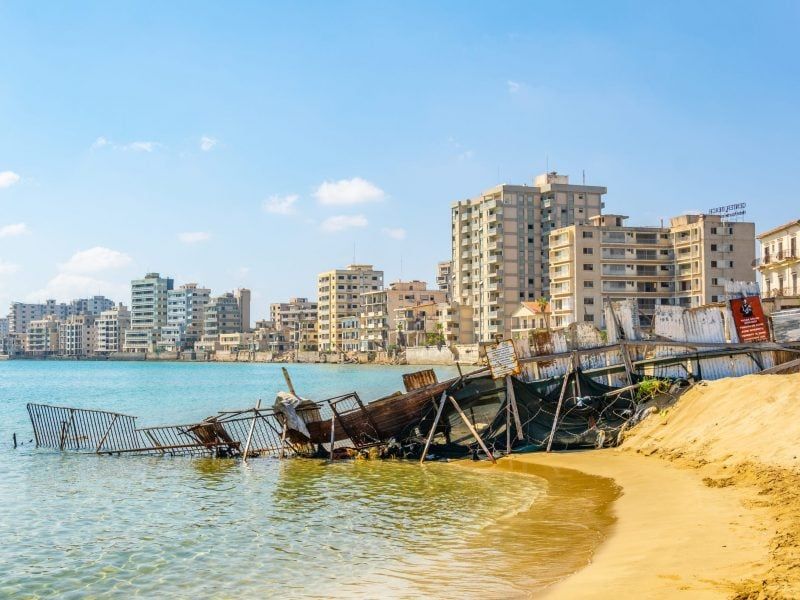
Imagine a luxury beach resort frozen in 1974, with high-rise hotels facing pristine Mediterranean beaches. Once the playground of celebrities like Elizabeth Taylor and Richard Burton, Varosha became a ghost town overnight during the Turkish invasion of Cyprus.
Car dealerships still display 1970s models, and clothing stores showcase long-outdated fashions behind cracked windows. This once-thriving district of Famagusta has remained fenced off and forbidden to enter for nearly 50 years, creating an eerie time capsule of 1970s resort life.
The contrast between decaying buildings and beautiful beaches makes Varosha particularly surreal. Recently, parts of the district have been reopened, though most buildings remain too dangerous to enter after decades of abandonment to salt air and seasonal storms.
7. Kayaköy, Turkey
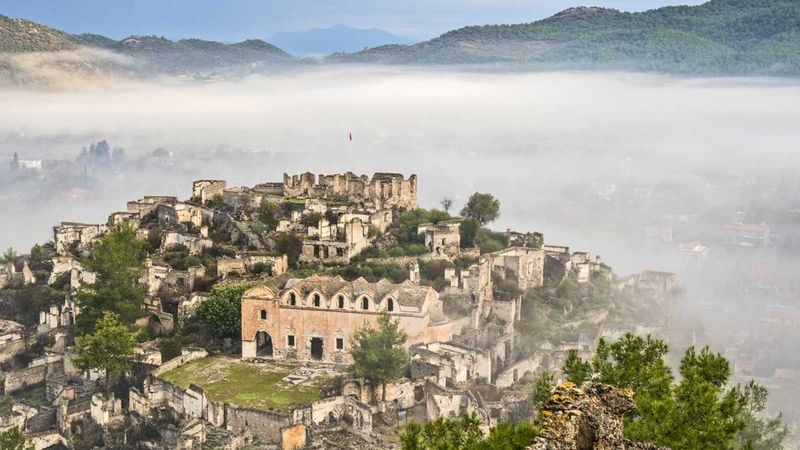
Hundreds of stone houses cascade down a hillside, their empty windows staring like hollow eyes across a valley in southwestern Turkey. This ghost town wasn’t abandoned due to disaster but because of politics—its Greek Orthodox residents forced to leave during population exchanges between Greece and Turkey in 1923.
Walking through Kayaköy feels like exploring an ancient civilization, though it was vibrant just a century ago. The town includes two Greek Orthodox churches with faded frescoes still visible on some walls. About 500 houses remain along with schools, chapels, and fountains.
Thanks to its unique history and well-preserved state, Kayaköy served as inspiration for Louis de Bernières’ novel “Birds Without Wings.” Unlike many abandoned places, visitors can freely wander through most structures, making it feel like an open-air museum of recent history.
8. Kennecott, Alaska
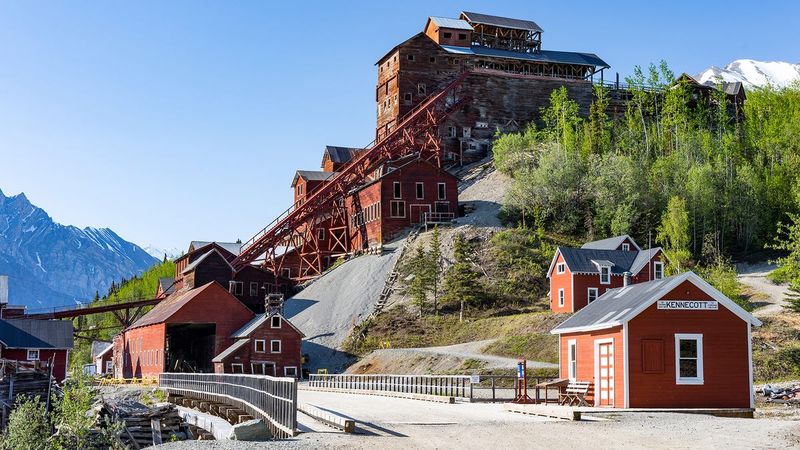
Bright red buildings stand in stark contrast against the snowy Alaskan wilderness and massive glaciers. This remarkably preserved copper mining town operated from 1911 to 1938, extracting some of the richest copper ore ever found.
The 14-story concentration mill—a massive wooden structure that seems to defy gravity as it clings to the mountainside—dominates the townsite. At its peak, Kennecott was home to around 600 people working in what was then the most remote and technologically advanced mining operation in the world.
Getting to Kennecott required building a 196-mile railroad through wilderness and across glaciers, an engineering marvel of its time. Today, the National Park Service preserves the site, which can only be reached by hiking or shuttle along the remaining 5 miles of unpaved road from McCarthy.
9. Humberstone, Chile
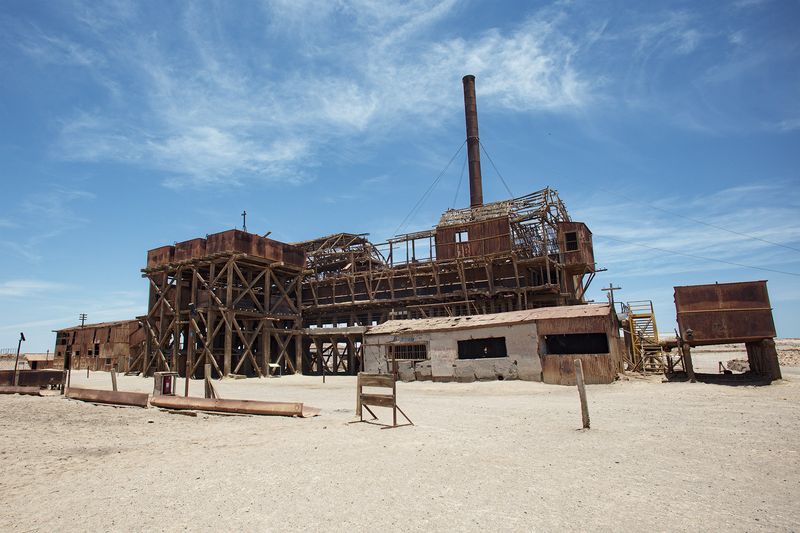
Dust storms sweep through this former saltpeter mining town in Chile’s Atacama Desert, the driest place on Earth. Founded in 1872, Humberstone once produced the nitrate that fertilized fields across Europe and America before synthetic fertilizers rendered it obsolete.
The desert climate has perfectly preserved the town’s wooden buildings, including a grand theater, hotel, swimming pool, and even a school. You can still see rusting antique cars parked on streets where thousands of workers and their families once lived.
UNESCO recognized Humberstone as a World Heritage Site in 2005, protecting this remarkable example of industrial heritage. The ghost town offers a fascinating glimpse into the lives of the miners who created a thriving community in one of the world’s most inhospitable environments.
10. Oradour-sur-Glane, France
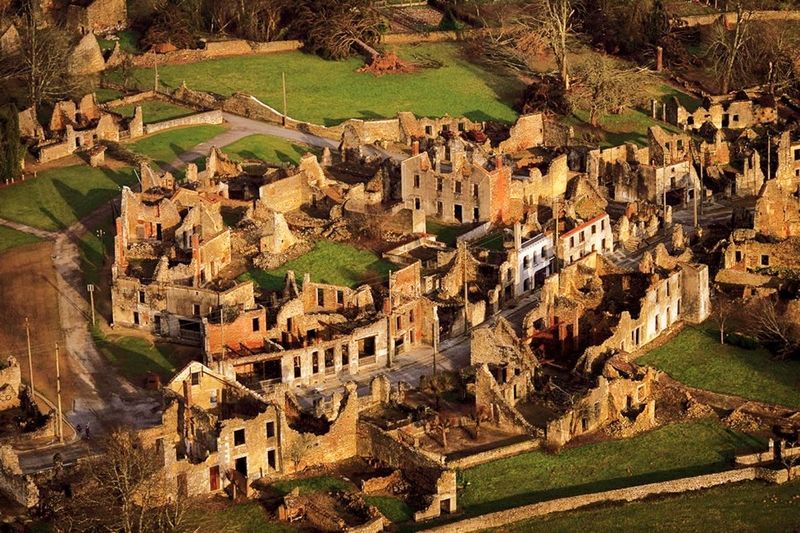
Unlike most abandoned places, this French village wasn’t gradually deserted but emptied in a single horrific day. On June 10, 1944, Nazi SS troops massacred 642 inhabitants and burned the town, leaving only stone walls and metal objects behind.
French President Charles de Gaulle ordered the ruins preserved exactly as they were found after the war. Rusted cars still sit where they were parked that day, and the village church—where women and children were locked before being killed—stands as a somber memorial.
Visiting Oradour-sur-Glane is a deeply moving experience. Signs ask visitors to maintain silence out of respect, and a modern museum explains the events that unfolded. The village remains one of the most powerful and disturbing war memorials in Europe.
11. Pyramiden, Norway
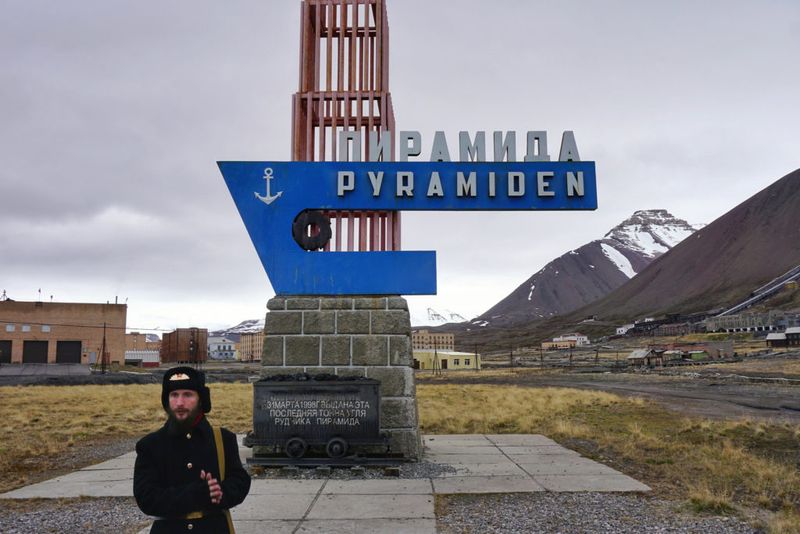
Far above the Arctic Circle on Norway’s Svalbard archipelago sits one of the world’s northernmost ghost towns. This Soviet coal mining settlement was abandoned almost overnight in 1998, with residents given just hours to pack their belongings.
Most striking is how perfectly preserved everything remains in the Arctic climate. The world’s northernmost grand piano still sits in the cultural center, and the swimming pool still has water in it. Books line library shelves, and Soviet propaganda posters still hang on walls.
A bust of Lenin overlooks the town square—the northernmost statue of the revolutionary leader. Though technically abandoned, a small hotel operates in summer months, allowing visitors to experience this Soviet time capsule. Polar bears occasionally wander the streets, adding to the surreal quality of this Arctic ghost town.
12. Centralia, Pennsylvania
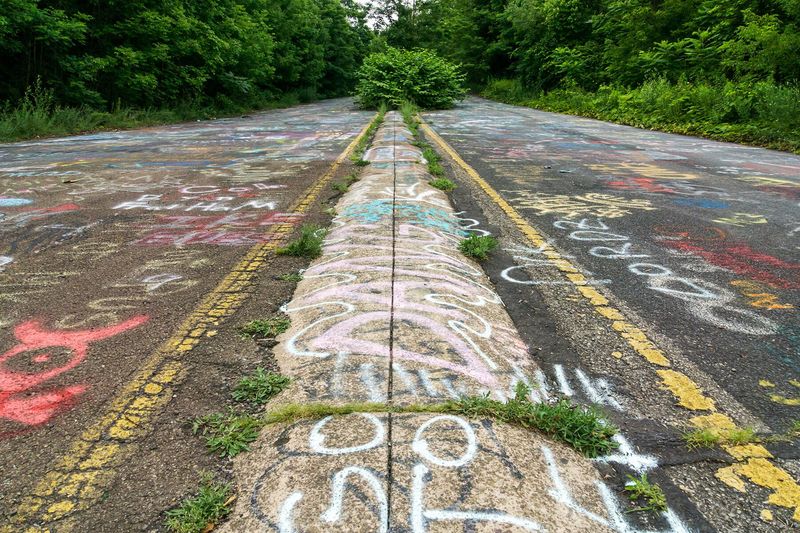
Steam and smoke still rise from cracks in the ground of this modern American ghost town, where an underground coal fire has been burning since 1962. Once home to over 1,000 residents, Centralia now has fewer than five inhabitants who refused to leave despite government evacuation orders.
The fire started when the town’s landfill ignited an exposed coal seam. Attempts to extinguish it failed, and the fire spread beneath the entire town. By the 1980s, sinkholes were opening in yards, toxic gases seeped into homes, and ground temperatures reached 900°F.
Most buildings have been demolished, but abandoned streets lead nowhere, and “Graffiti Highway”—a road buckled by the heat and covered in colorful artwork—became a tourist attraction until being covered with dirt in 2020. Experts say the fire could burn for another 250 years.
13. Gunkanjima (Battleship Island), Japan
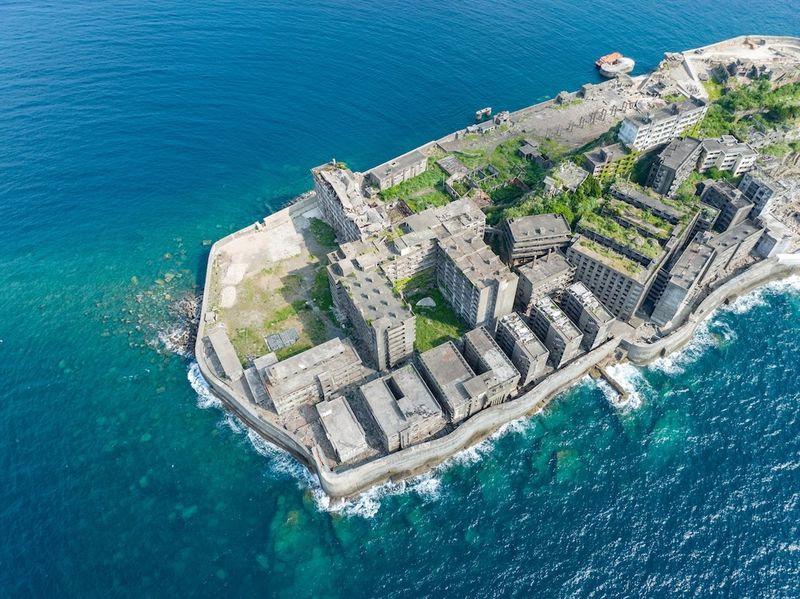
Rising dramatically from the sea like a concrete fortress, Hashima Island earned its nickname “Battleship Island” from its distinctive silhouette. This tiny island once housed over 5,000 coal miners and their families in what was then the most densely populated place on Earth.
When petroleum replaced coal in Japan’s economy in 1974, the island was abandoned within weeks. Multi-story concrete apartment buildings, a school, hospital, and entertainment facilities were left to decay in the harsh sea air.
The island’s sea wall—built to protect from typhoons—creates an eerie boundary between the crumbling city and the surrounding ocean. History buffs might recognize Gunkanjima as the villain’s lair in the James Bond film “Skyfall.”
In 2015, UNESCO recognized the island as a World Heritage Site for its role in Japan’s industrial revolution, though its dark history of forced labor remains controversial.
14. Fordlândia, Brazil
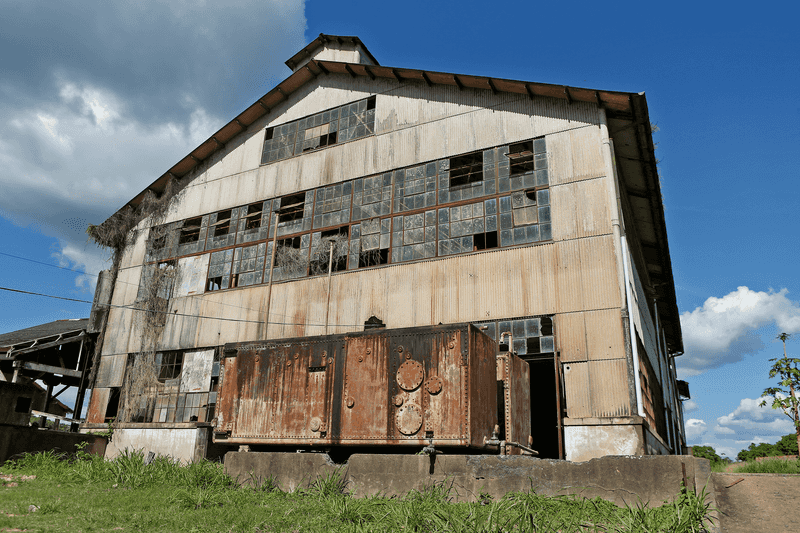
Deep in the Amazon rainforest stands an abandoned slice of American suburbia, complete with white picket fences and New England-style homes. This surreal town was Henry Ford’s failed attempt to create a rubber plantation and American utopia in the jungle during the 1920s.
Ford invested millions building not just rubber plantations but a complete American town with modern amenities, schools, hospitals, and even mandatory square dances. The project failed spectacularly—rubber trees fell to disease, workers rebelled against American rules, and the jungle constantly threatened to reclaim the land.
Today, you can still see the rusting water tower, overgrown swimming pool, and decaying hospital equipment. Many buildings have been repurposed by local families who moved in after Ford abandoned the project in 1945, creating a strange hybrid of ruined industrial town and living community.
15. Belchite, Spain
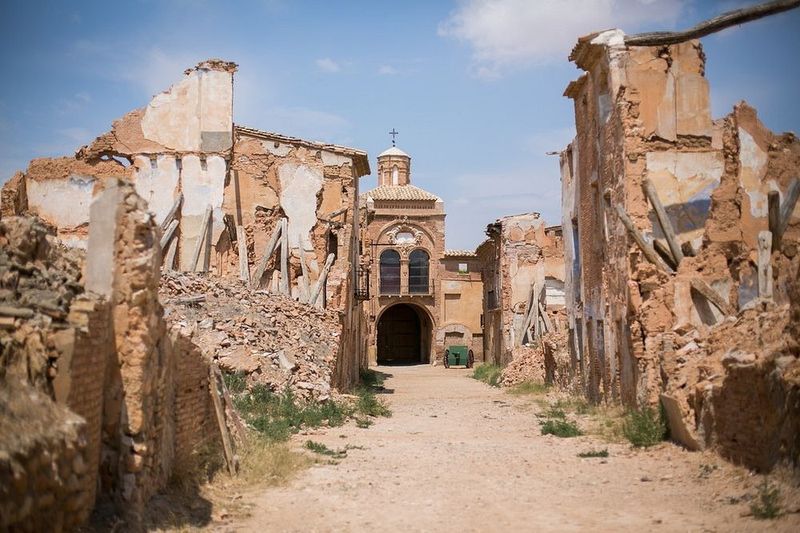
Bullet holes and shell damage still scar the walls of this Spanish Civil War battlefield town. Rather than rebuild Belchite after the devastating battle of 1937, Franco ordered a new town constructed nearby, preserving the ruins as a monument to the war.
The town’s magnificent church stands roofless, its bell tower dramatically split down the middle. Walking through the abandoned streets feels like stepping directly onto a war movie set—which it literally became when Terry Gilliam filmed scenes for “The Adventures of Baron Munchausen” here.
Local legends claim ghostly voices can be heard at night, particularly around the destroyed church where many civilians sought shelter during the battle. The town remains one of Spain’s most powerful war memorials, with guided tours explaining the 15-day battle that claimed thousands of lives.
16. Kowloon Walled City, Hong Kong
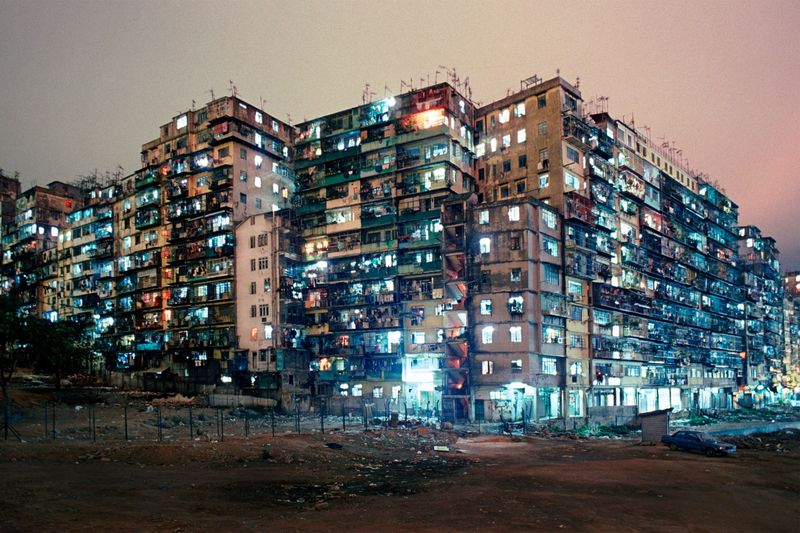
Though demolished in 1994, no list of abandoned urban spaces would be complete without mentioning this legendary “city within a city.” For decades, Kowloon Walled City existed as perhaps the most densely populated place in human history—a 2.7-acre block housing 33,000 people.
Originally a Chinese military fort, the walled city became a lawless enclave claimed by neither British Hong Kong nor China. Buildings were constructed haphazardly, reaching 14 stories with no architects or building codes.
Narrow corridors received no natural light, and apartments averaged just 260 square feet for entire families. Today, a peaceful Japanese-style garden stands where this cyberpunk-like megastructure once towered.
A small museum and bronze model preserve the memory of this unique urban experiment that inspired countless films, books, and video games with its dystopian atmosphere.
17. Val Jalbert, Canada
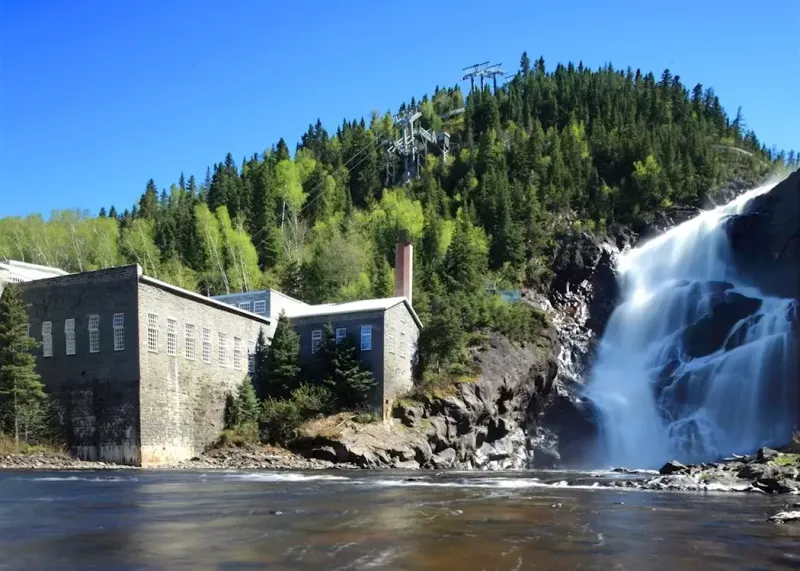
Nestled beside a spectacular 236-foot waterfall in Quebec’s wilderness, this former pulp mill town looks frozen in the 1920s. Founded in 1901 around a pulp mill that utilized the waterfall’s power, Val Jalbert was once considered ultra-modern with electricity and plumbing when many Canadian towns had neither.
When the mill suddenly closed in 1927, the town was abandoned almost overnight. Nearly a hundred years later, over 70 original buildings remain, including the mill, general store, post office, and rows of identical company houses along perfectly planned streets.
Unlike many ghost towns, Val Jalbert has been carefully preserved as a historical park rather than left to decay. Visitors can ride a cable car to the top of the falls, tour the restored buildings, and even stay overnight in the renovated company houses—perhaps the most comfortable ghost town experience available.
